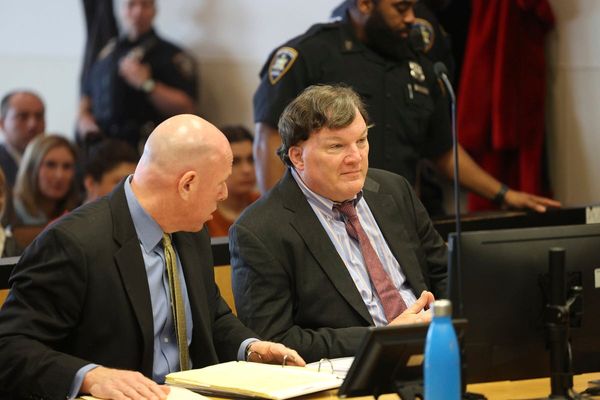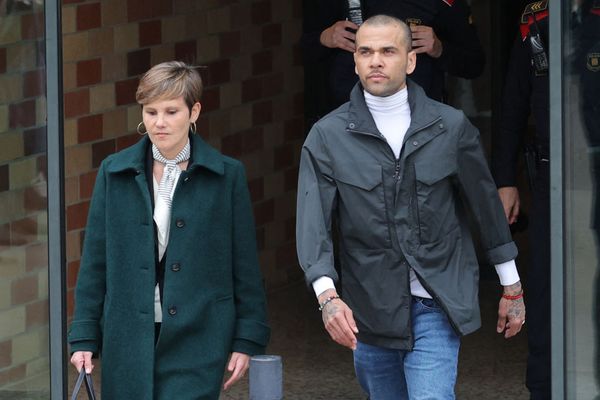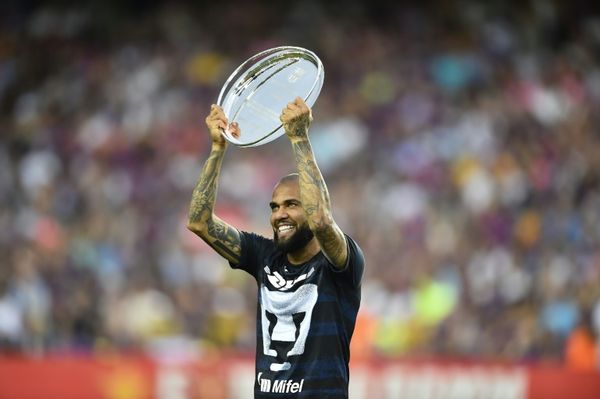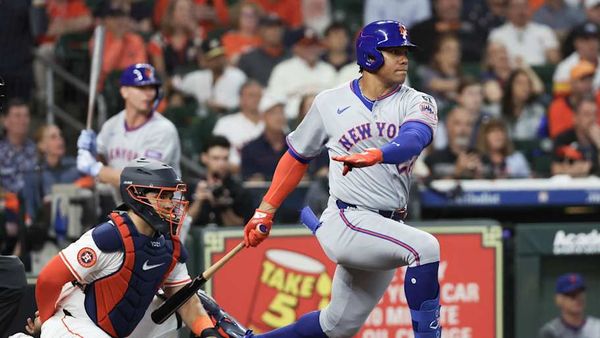Liverpool’s willingness to head to the High Court in 2019 to bring an end to their relationship with former kit supplier New Balance was telling.
The Boston-based sports brand had a clause in its contract with the club that would allow them to take up the option of extending the deal with the Reds provided they could match the offers on the table from rival firms. That deal at the time was worth around £40m per year to Liverpool.
But Liverpool wanted Nike. The Reds knew that in order to scale their retail and merchandising operations they needed a partner that could operate at the levels required. Nike offered a reported £5m per year less than New Balance in terms of a guaranteed sum, but in the 20 per cent cut that the Reds would receive through the sales of official LFC/Nike merchandise globally, the potential value was seen to stretch well beyond the guaranteed sum, with some estimates putting it at potentially £70m plus per year.
READ MORE: Liverpool can quickly secure Newcastle revenge as £70m transfer nears completion
Examples of the star power that the likes of LeBron James, Serena Williams and Drake gave the brand were used in examples at the High Court case in London, and eventually it was ruled in favour of the Reds and Nike that they could embark on a new partnership.
Since the partnership there has been the launch of an exclusive partnership between Nike and basketball icon James, a partner in Liverpool owners Fenway Sports Group, while a recent extension to the deal was announced to create a range of LFC/Converse branded merchandise, with the iconic Converse brand part of Nike’s company.
The true impact of these deals won’t truly be seen until the 2023/24 financial year, with those accounts likely to be published in early 2025. But the reasons behind Liverpool’s pursuit of the Nike deal are clear when the sheer volume of traffic that arrives at the official websites of both Nike and Converse are taken into account and compared to their rivals.
Research commissioned by Gambling N Go, an online casino and sportsbook firm, analysed the monthly traffic that arrived at the website of the major sportswear brands. The figures showed that Nike had 33.1 million average monthly visits from Europe. That compared to 2.29 million for Puma, 2.27 million for Adidas and 2.19 million for Converse. Fifth place was occupied by Decathlon with 2.09 million.
Globally Nike is the largest and most dominant sports brand. The company made the pivot to a more direct to consumer focused approach during the pandemic, something that saw revenues grow. The ability to deliver product at scale, as well as providing bespoke ranges through its large client list, is something that will have long-term revenue benefits for Liverpool.
Head of commercial strategy at global sports firm Octagon, Daniel Haddad told the ECHO’s Bottom Line podcast recently: “The size of the global sports merchandising industry is something that the US has always understood. The fact is that NBA or NFL teams don’t really ever change the playing kit, but if you look at revenues from sports merchandise in the US, that shows that they have thought about it a little bit differently than European football clubs have thought about it in terms of you have got your home, away, third or fourth kit and then a more limited product line after that.
“Just look at the size of Fanatics. The number one global merchandise business, they grew their business by creating those non-on field product lines for all the major sports in the US. So, there is definitely an opportunity to grow merchandising revenue through diversification of product lines. Also, that takes into account fans in different market may want totally different products, with a fan in China wanting something different to one in India who wants something different to someone in the US or UK due to, culturally, the type of clothing people might wear in those markets.
“For those reasons, being associated with a Nike or an Adidas as they have the distribution scale and resources to create more and more product lines and also have more natural ways to extend those product lines. Adidas through its Originals or Nike through what they have done with Michael Jordan and PSG or what they have done with LeBron and LFC.”
Gone are the days when the shirt release would be the only means of monetising the relationship between club and kit supplier. The launch of new and exclusive lines and the staggered launching of both training wear and lifestyle ranges in a bid to encourage repeat business and appeal to a broader customer demographic.
“It is definitely an area that many clubs are pushing as you get repeat business from fans,” said Haddad.
“You don’t get many fans every year who buy multiple kits, usually fans tend to buy one or the other. But you might have fans who buy a kit and then two or three other products. That is why you have seen the extension of things like the training wear range. You see the club launch these things at different times, so they always make quite a big thing about launching new merchandise.
“It is probably more marginal gains compared to some other commercial areas like media rights, but there is a high growth ceiling when you look at the nature of football fandom and the scale of it.”







